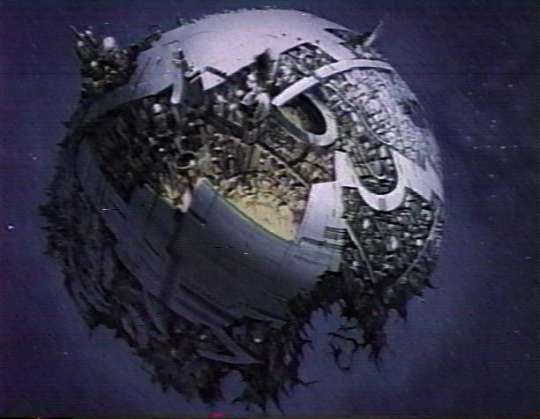Ricky Church on IDW’s Transformers run…
Just a couple weeks ago, IDW ended their Transformers universe after 13 years of stories with Optimus Prime #25. Over the years, there have been many stories that have added great new elements to the franchise that have only enriched it. From Simon Furman to the team of John Barber and James Roberts, IDW’s iteration of the mythology has allowed it to become one of the best of the whole franchise through its new ideas, character development and deep history.
Though IDW will be making new Transformers comics next year in what will mostly be a fresh reboot, the 13-year run will be largely missed, even with the few slumps in its run, for what it did for the franchise. Below I list just a few of the aspects from IDW’s Transformers universe that makes it one of the best and most memorable parts of the franchise’s 30+year history.
The History of Cybertron
In many of the previous iterations of Transformers, the history of the planet Cybertron has never been greatly expanded on. Most continuities, such as the original Generation One cartoon series or the live-action franchise, have described Cybertron as a peaceful place until Megatron just decided one day to rule and led a war to conquer the planet and the universe. It was simply a traditional battle of good vs. evil and has been the same in almost every other piece of Transformers media since.
The IDW universe reimagined pre-war Cybertron as something close to the Roman Republic – or more aptly the Roman Empire with a senate ruled by a corrupt Prime that subjugated its lower classes and placed them into specific jobs based on their alt modes. This look into Cybertron’s past began with Megatron: Origin, but was developed much further in the pages of More Than Meets The Eye as members of the Lost Light looked back on pre-war society and traced the origins of their millions-long year war. It really fleshed out the causes of the war and elevated the conflict to something more than just good vs. evil as Megatron and the Decepticons had some legitimate gripes with a tyrannical government and made us question some of the Autobots of that time. The beginnings of the actual civil war also got expanded on in the Autocracy series and its sequels, showing more of how Megatron’s cause became a full-out war against anyone who stood in his way.
Cybertron’s history was explored even further back than just its pre-war status, first during Simon Furman’s run on the title as Optimus Prime learnt more about Nova Prime’s expansionist agenda and then again in John Barbers Transformers as he detailed the formation of the Cybertronian society with the Thirteen Primes. For perhaps the first time in a Transformers continuity the full history of Cybertron is fleshed out and explained, yet still retains a sense of mystery and wonder as the veil is pulled back and certain events are still left a bit ambiguous by the end of the continuity.
A Fresh Start
One of the most unique aspects to IDW’s universe is the fresh start it gave by abandoning many of the well-known tropes of the franchise. This wasn’t a case of the Autobots and Decepticons fighting over energon and ending up in stasis on Earth for millions of years. Though the war between the factions had been raging for millions of years, it caused Cybertron to be an uninhabitable husk and turned their war into cold war on other planets.
These small changes gave the universe a certain amount of freedom to explore new ideas. The cold war offered a new way for the factions to fight through phases of covert actions and espionage with the Decepticons replacing humanoid beings on planets for their own ends. Most of these conflicts, however, ended in complete devastation on a planet that left it in ruins and its population destroyed, ostracizing Cybertronians in the galactic community.
Click below to continue on to the second page…













